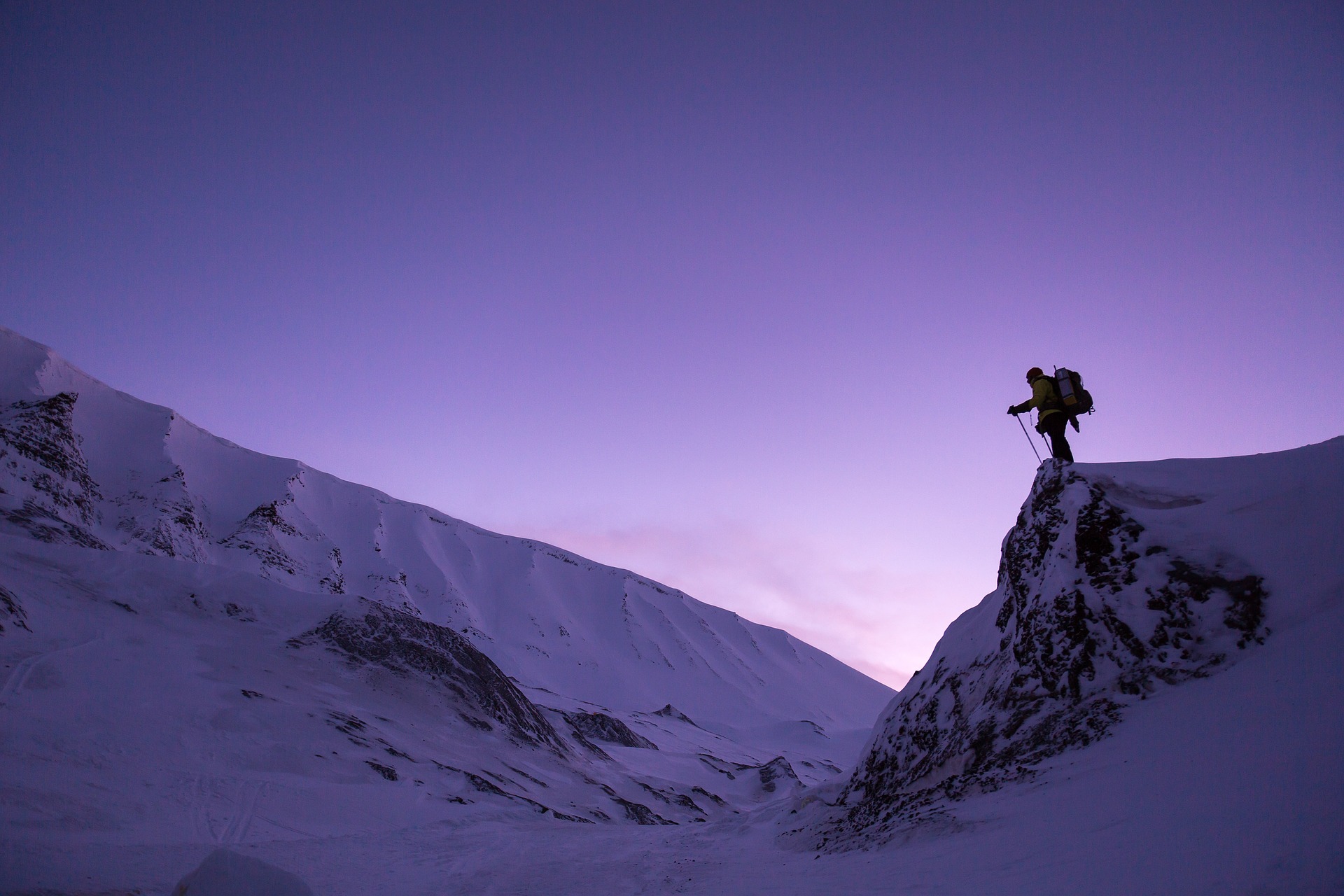Planning your hiking trip is crucial, whether you are going to explore a new area or finding new trails on your own. In fact, planning a trip is a useful skill for people who want to go on excursions more. Many people believe that adventures are supposed to be unpredictable.But thorough planning helps make a hiking trip like Inca Trail Travel safe and enjoyable. Be it an overnight trip or a journey sprawling over weeks, you need to prepare for your excursion.
Failing to plan is the planning to fail and the seasoned hikers would agree with it. An experienced hiker likes to plan their trip, get the right hiking boots, and check the weather, route, and all. The importance of planning grows even further when one is going for their first-ever hiking trip. Here are a few things to remember while planning for the first hiking trip.
- Pack all the paraphernalia
You need to be fully equipped for your first hiking trip. While it is important to take the essentials along, your backpack should be as light as possible. There are a few things you must carry along, even if you are going for a short hike. One such thing is navigation tools. You should carry a map, GPS, or a compass for your trip. Experts recommend taking a map or a compass even if you have a GPS, just in case.
Water bottle and food supplies should also be in your backpack. These items are important for your body to perform at its best. Rain protection and extra clothing should also be with you even though you have checked the forecast. Sometimes, the weather proves the forecast wrong.
You should also pack the safety items like a flashlight, a fire starter, and a whistle. These are a must even if you are going for a well-maintained, easy trail. The first-aid kit is also an essential item for hiking. This kit should contain bandages, blister treatment, tape, antibiotic ointment, and any medication you think you might need. Always pack a knife with you when you are going hiking. It serves many purposes, from making bandages to lighting a fire.
Sun protection, trash bag, bug spray, and toiletries are the other must-haves you should be packing for a hiking trip.
- Plan for the route
Check Google Maps and select terrain view to look for mountains near you. Check if there are renowned hiking trails in that area and search for information on the web for GPS trails. They prove to be handy because they show descent, ascent, and distance. They can be downloaded as well and imported to a GPS device or your phone.
Take a printed map as a backup for electronic devices are not always reliable. You should also calculate the time required for the hike while considering the distance, ascent, and your physical preparedness. If you are going with a group, the time calculation should be based on the least-fit person.
- Look out for dangerous animals and natural hazards
While selecting the area for a hiking trip, check if it has any dangerous animal like bears, snakes, or spiders. If so, you need additional caution. You can acquire information about dangerous animals online via government websites, forums, and blogs.
Also, look out for natural hazards like floods, falling rocks, and avalanches. This information is also available on government websites and travel blogs.
- Set Mileage limits
If you are not familiar with the backcountry terrain, you are unlikely to manage more than 8-12 miles of hiking. You may be physically fit, being able to do 30 minutes of the treadmill and all. But hiking is pretty different, as it involves climbing for five to six hours in a go. The fatigue you would be experiencing is more of a mental than physical. So, if you are inexperienced or unfamiliar with the terrain, set your limit accordingly.
Also, an inexperienced hiker is expected to manage 10 miles of flat terrain in a day. If you go earlier in the day and take lunch along, you can hit the 12 miles mark. As for the terrain that requires frequent going up and down, the maximum you can manage is five to six miles in a day.
